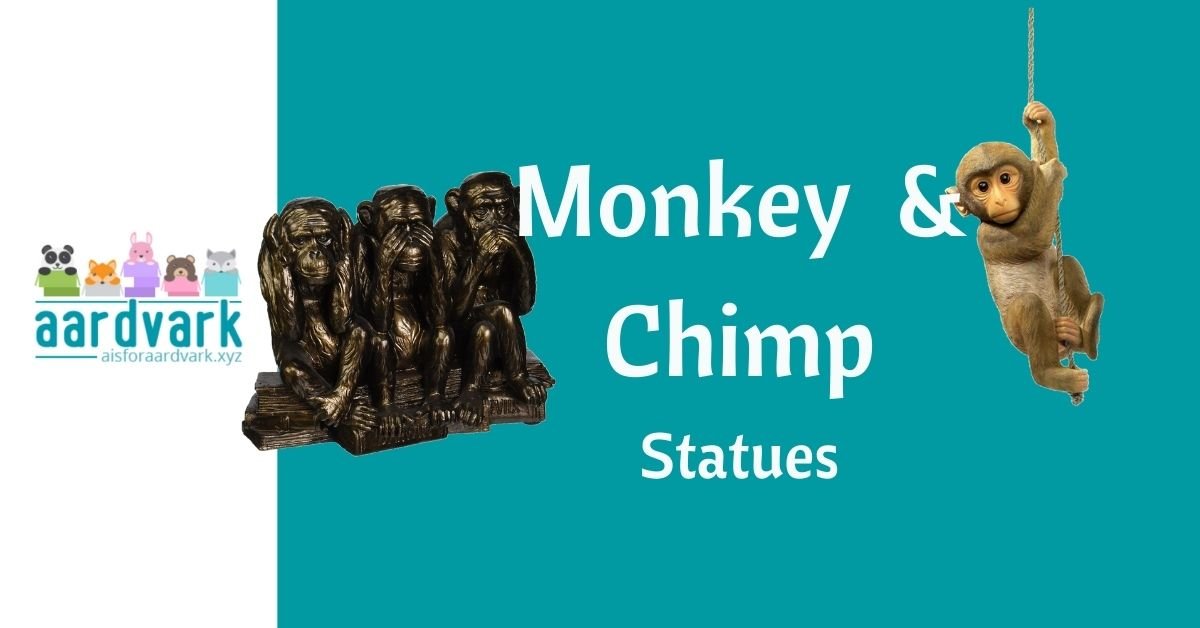Monkeys, with their diverse lifestyles and behaviors, offer a fascinating glimpse into the adaptability and complexity of primate life. Their intelligence and social structures underline the rich tapestry of their existence and survival strategies in the wild. Let’s learn a bit more about these marvelous creatures!
Taxonomy and Diversity
Monkeys are classified into two main groups: New World monkeys (Platyrrhini), found in South and Central America, and Old World monkeys (Cercopithecidae), native to Africa and Asia. This distinction is crucial due to differences in their noses, tails, and habitats. With over 260 species, monkeys vary significantly in size, color, and behavior, from the tiny pygmy marmoset to the larger mandrill, showcasing their adaptability to various environments, including jungles, mountains, and grasslands.
Old World monkeys, found in Africa and Asia, have narrow, downward-facing nostrils and tend to be larger and more terrestrial than their New World counterparts. They often have non-prehensile tails. They also store food in cheek pouches, similar to chipmunks.
In contrast, New World monkeys are native to South and Central America and have wide, side-facing nostrils. Many possess prehensile tails, which act like a fifth limb for grasping and hanging from branches, and they are generally smaller and more arboreal, living in the treetops.
Habitats and Adaptations
Monkeys’ adaptation to diverse habitats is a testament to their evolutionary resilience. They live in tropical rainforests, savannas, grasslands, and mountainous regions, each environment demanding unique survival strategies. In dense forests, monkeys rely on their arboreal agility, using their tails and limbs to navigate the canopy in search of food, while in more open or ground-based habitats, their mobility and social structures help protect against predators.
Some species have developed specialized adaptations, like the snow monkeys of Japan, which thrive in cold climates by bathing in hot springs. This adaptability highlights their ecological versatility and role in various ecosystems as seed dispersers, predators, and prey, contributing to the biodiversity and health of their habitats.
Physical Characteristics
Monkeys’ physical size and weight vary significantly across different species, reflecting their diverse habitats and lifestyles. For instance, the pygmy marmoset, one of the smallest primates, weighs around 100 grams (3.5 ounces) and measures about 14 to 16 centimeters (5.5 to 6.3 inches) in length. On the other end of the spectrum, the male mandrill, one of the largest monkeys, can weigh up to 35 kilograms (77 pounds) and reach lengths of about 1 meter (3.3 feet). This considerable variation in size and weight among monkey species showcases these animals’ incredible adaptability and evolutionary diversification.
Their physical characteristics, including their dexterous hands and feet and forward-facing eyes, are finely tuned to their specific environmental needs, whether swinging through the forest canopy or foraging on the ground.
Social Dynamics and Lifestyle
The social life of monkeys is intriguing, varying significantly across different species. Many monkeys, such as those in the Cercopithecidae family, live in multifaceted social groups known as troops or bands. These groups can comprise dozens to hundreds of individuals, showcasing a complex web of relationships and hierarchies. Within these social structures, monkeys engage in various behaviors that strengthen social bonds, including grooming, vocal communication, and cooperative care of the young.
In these groups, social hierarchies are prominent, with dominant individuals accessing the best food and mating opportunities. These hierarchies are maintained and negotiated through aggression, submission, and alliance formation. For example, female baboons form intricate support networks, helping each other in conflicts and childcare, a testament to the complexity of their social lives.
Diet and Foraging Behavior
Monkeys have diverse diets that reflect their adaptability to different environments. Some species are frugivores, preferring a diet rich in fruits. Others are omnivores, consuming various plants, insects, and smaller animals. This dietary flexibility allows monkeys to inhabit multiple ecological niches, from dense forests to savannahs.
Foraging is a critical activity that takes up a significant portion of a monkey’s day. It is about finding food and teaching the young what is edible and how to obtain it.
Some species, like the capuchin monkeys, have demonstrated remarkable tool use, using sticks to extract insects from crevices and stones to open nuts. These behaviors underscore monkeys’ intelligence and problem-solving abilities, further highlighting their evolutionary success.
Life Cycle and Life Expectancy
The life cycle of a monkey starts with a gestation period that varies between species but generally lasts between four to eight months. Most species give birth to a single offspring at a time, which allows the mother to devote considerable attention to its care. The infant’s dependency period varies; in many species, young monkeys cling to their mothers for nourishment and transportation while learning essential survival skills through observation and play.
As monkeys grow, they undergo a juvenile phase where they learn social skills, foraging techniques, and other behaviors crucial for adult life. This learning process is vital for their integration into the social hierarchy of their troop. They reach sexual maturity at different ages depending on the species, after which monkeys can reproduce, contributing to the continuation of their species.
Life expectancy among monkeys varies widely. Smaller species may live 10 to 15 years, while larger species can live 20 to 40 years in the wild. Factors such as predation, food availability, and disease affect their lifespan. In captivity, where threats are fewer, monkeys can live longer, with some individuals reaching ages significantly beyond their expected lifespan in the wild.
Monkeys and Humans
The relationship between monkeys and humans is complex, marked by fascination, companionship, and controversy. Historically, monkeys have occupied a unique place in human culture, symbolizing wisdom, mischief, and curiosity. They appear in ancient art and mythology, reflecting our long-standing intrigue with their behaviors and human-like qualities.
Monkeys have also made their way into modern entertainment and literature, becoming iconic characters in films, television shows, and books. The enduring popularity of characters like Curious George, a mischievous yet endearing monkey whose adventures teach important life lessons, and the wise Rafiki from “The Lion King,” who imparts wisdom and guidance, underscore our affection for these animals. With their distinct personalities and engaging stories, these fictional monkeys resonate with audiences, often becoming as beloved as real-life pets.
The practice of keeping monkeys as pets highlights the complexity of human-monkey relationships. While some people are drawn to monkeys for their intelligence and sociability, these animals have complex needs that can be challenging to meet in a domestic setting. Monkeys require a specialized diet, social interaction, and mental stimulation to thrive, which can be tough to provide outside their natural habitat. Moreover, monkeys can exhibit aggressive behaviors and transmit diseases to humans, raising ethical and health concerns about their suitability as companion animals.
Despite these challenges, there are instances of monkeys forming strong bonds with their human caretakers. Famous real-life monkeys, such as Jack, a baboon trained to operate railway signals, demonstrate the potential for cooperation and mutual benefit in human-monkey relationships. However, the success of such relationships often depends on a deep understanding of the monkey’s needs and behaviors and a commitment to their well-being.
The fascination with monkeys extends beyond companionship, with many species playing crucial roles in scientific research and conservation efforts. Monkeys have been involved in space missions, medical studies, and behavioral research, contributing significantly to our understanding of biology, medicine, and psychology. These contributions, while valuable, also raise ethical considerations about the use of animals in research and the importance of ensuring their humane treatment.
Conservation and Environmental Issues
The plight of monkeys has garnered attention and support from around the world. Habitat destruction, illegal pet trade, and hunting have threatened many monkey species, leading to efforts to protect their natural environments and promote sustainable coexistence with humans. Conservation organizations and wildlife sanctuaries work to rescue and rehabilitate monkeys, aiming to preserve their populations and the biodiversity of their habitats.
The relationship between monkeys and humans encompasses roles as beloved characters, complex companions, and participants in scientific and conservation efforts. Our fascination with these intelligent and sociable animals underscores the need for responsible interaction and care, whether in entertainment, companionship, or conservation. By understanding and respecting the needs of monkeys, we can foster a more harmonious and sustainable relationship with these remarkable members of the animal kingdom.






